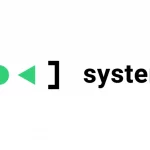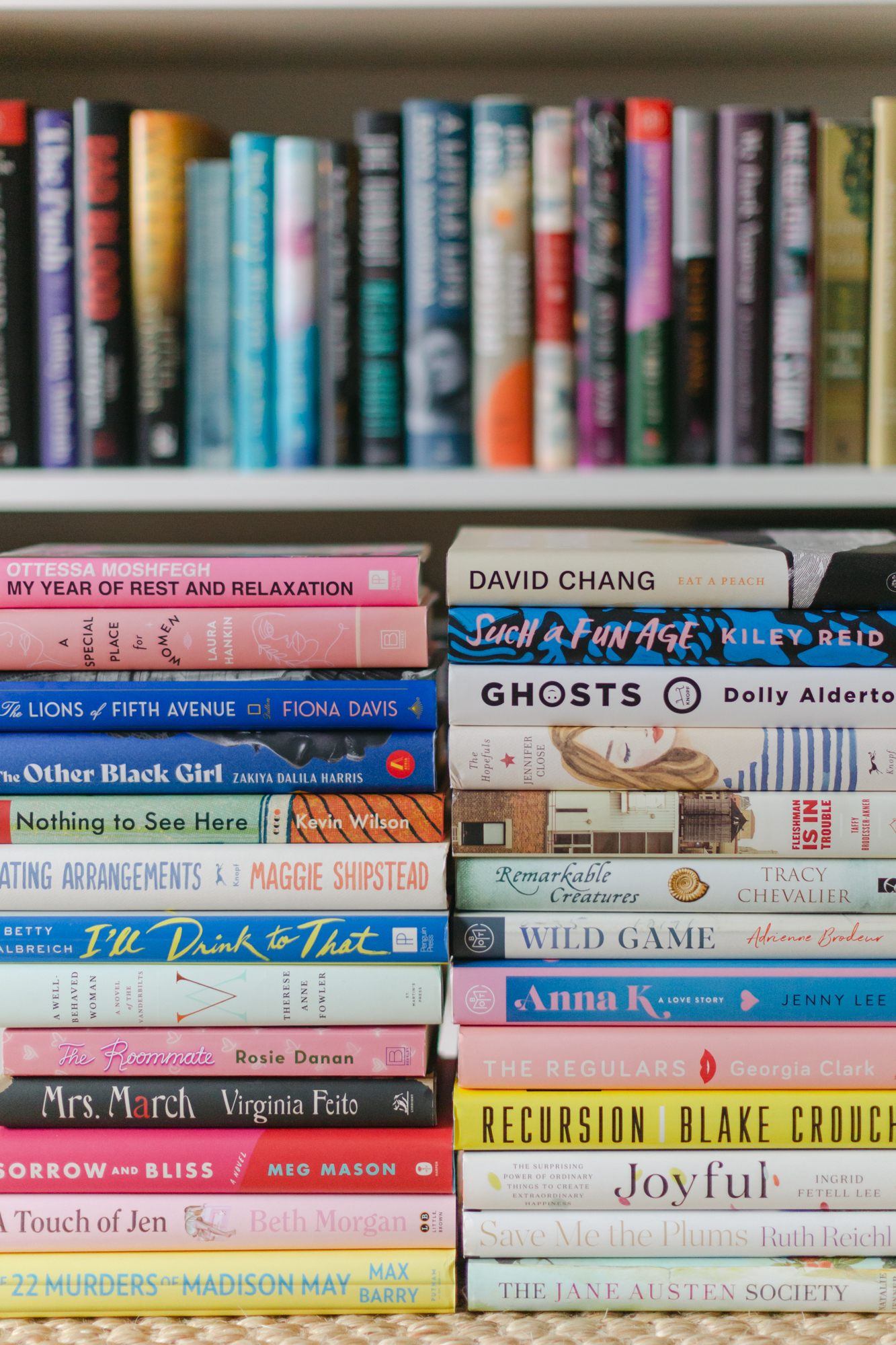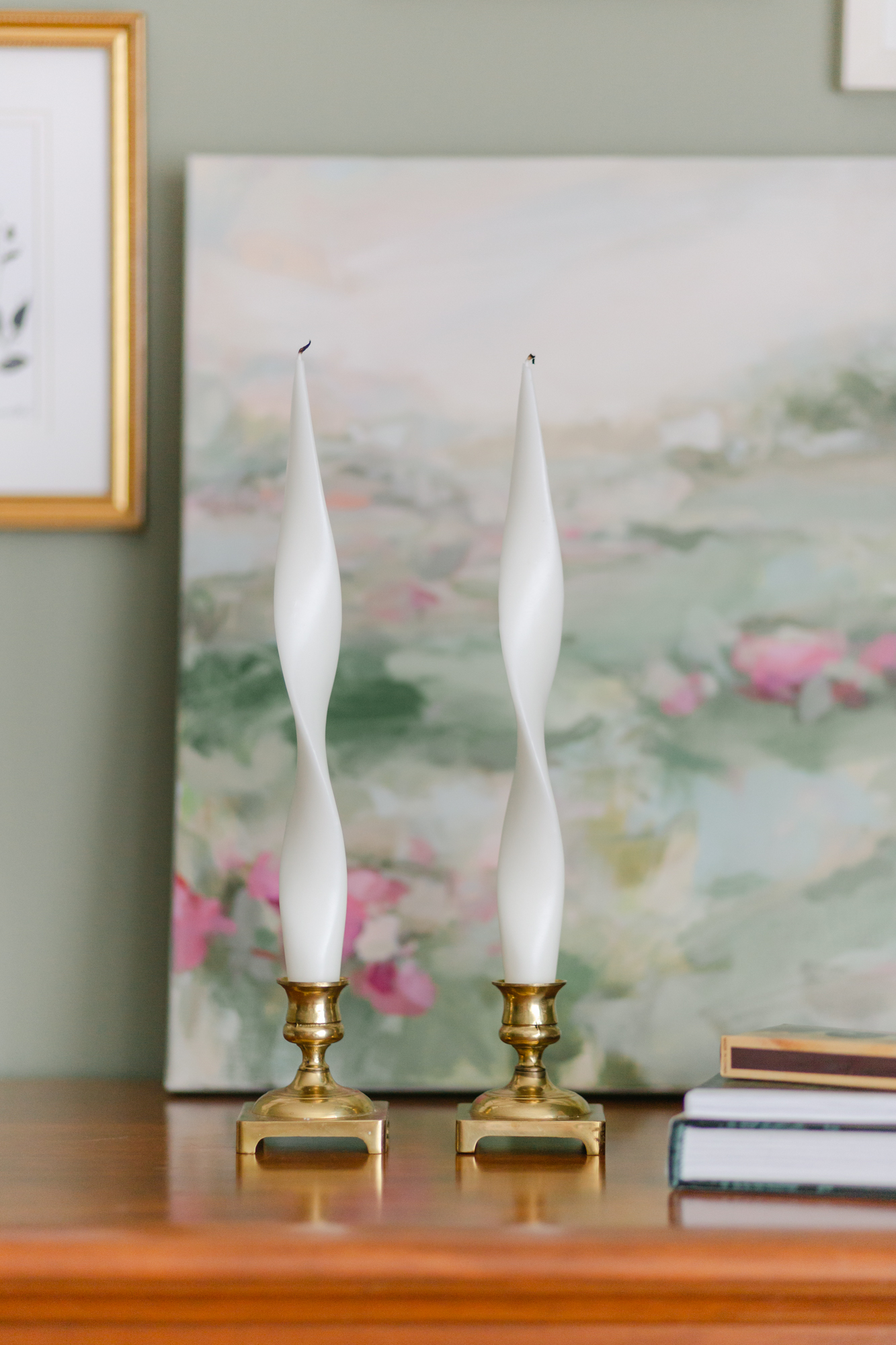10 TIPS FOR SHOOTING STREET PHOTOGRAPHY AT NIGHT
In this article Brian Lloyd Duckett, Format-Hitech and Fujifilm ambassador and pro street photographer, shares his tips for night-time street photography. There’s no doubt that some great street photography can be done during the hours of darkness and night shooting is something we should all try; it’s almost a rite of passage. Think neon lights, shop windows, reflections, car lights, bars, restaurants, people having fun, street lighting . . . there is masses of material to explore. In this article we’ll look at some of the essential techniques which will help you become a confident and proficient night shooter. I’m a regular night shooter, particularly between late October and late March when there’s a bigger window of opportunity. You can shoot in any town or city where there are strong light sources – and this works just as well in small towns as it does in big cities. Personally, I love London’s West End – particularly Soho and Chinatown where there are lots of bright colours, lots of sparkling lights and vibrant neon everywhere. You can even get great shots just by relying on ambient light from the regular street lamps. There’s no reason that shooting in the dark should be any more difficult than daylight shooting – but as well as the aesthetic issues, there are some different technical and practical considerations to take into account. Here are my top 10 tips for shooting street photography at night:1 FIND GOOD LIGHT Like any other form of street photography, shooting at night is all about finding good light and we have to be super-aware of where the good light is. And this is one of the most important factors in street shooting – second only to finding a decent subject. I usually try to identify a good light source first, then build a composition around that. But what is ‘good light’, exactly? I try to seek light sources that give depth to my image. I want decent contrast, with well-defined areas of light and dark – like the chiaroscuro effect in painting. Try to stop and think about the intensity, direction and colour of the light source and how it falls on the overall street scene around you or on potential subjects. Watch how the light changes as you move around it; observe reflections and shadows and see the impact of changing light patterns such as car lights. You’ll find that you’re starting to behave like a moth, seeking out lights all the time. In fact that’s a great tip – be a moth! 2 UNDERSTAND THE EFFECTS OF THE LIGHT So, now that you’ve found that perfect light source, you need to really understand what it is you’re working with. Is it hard light or soft light? Maybe start by asking yourself what you want the picture to say. What sort of mood or feel are you aiming to create? Now look at that light source – does it suit the mood? Are the shadows sharp or less we’ll defined? Is the light high or low intensity? What’s the temperature of the light like – is it warm or cool? If, for example, you’re aiming to create a moody, atmospheric and maybe slightly provocative shot in Soho, a darkish, soft, red light source might suit your needs perfectly. Remember that bigger light sources are more likely to be soft, and shooting with a wide aperture will help soften them even more. Light from a big shop window, for example, could act like a soft box, providing a wide, even area of diffused light. Another factor to bear in mind is the spread of the light. How does it cover your subject? I’m usually looking for uneven light, giving form and depth to the image, with well-defined areas of both light and shadow.3 SETTINGS Firstly, don’t think twice about whacking up your ISO and be happy shooting at 3,200 by default – and this is a rating most modern cameras can handle with ease (it’s a breeze for cameras like my Fujifilm X-Pro3 or X100V). I’ll go to 6,400 and even up to 12,800 if I need to. In terms of the actual settings, mine go something like this: Aperture Priority, then open the lens up to its maximum aperture – ideally f/1.4 or even wider; then set the ISO to auto with a minimum shutter speed of 1/60th; I’ll let the ISO run as high as it likes and I usually set a range of 800 to 12,800. Some people struggle to get their head aroun
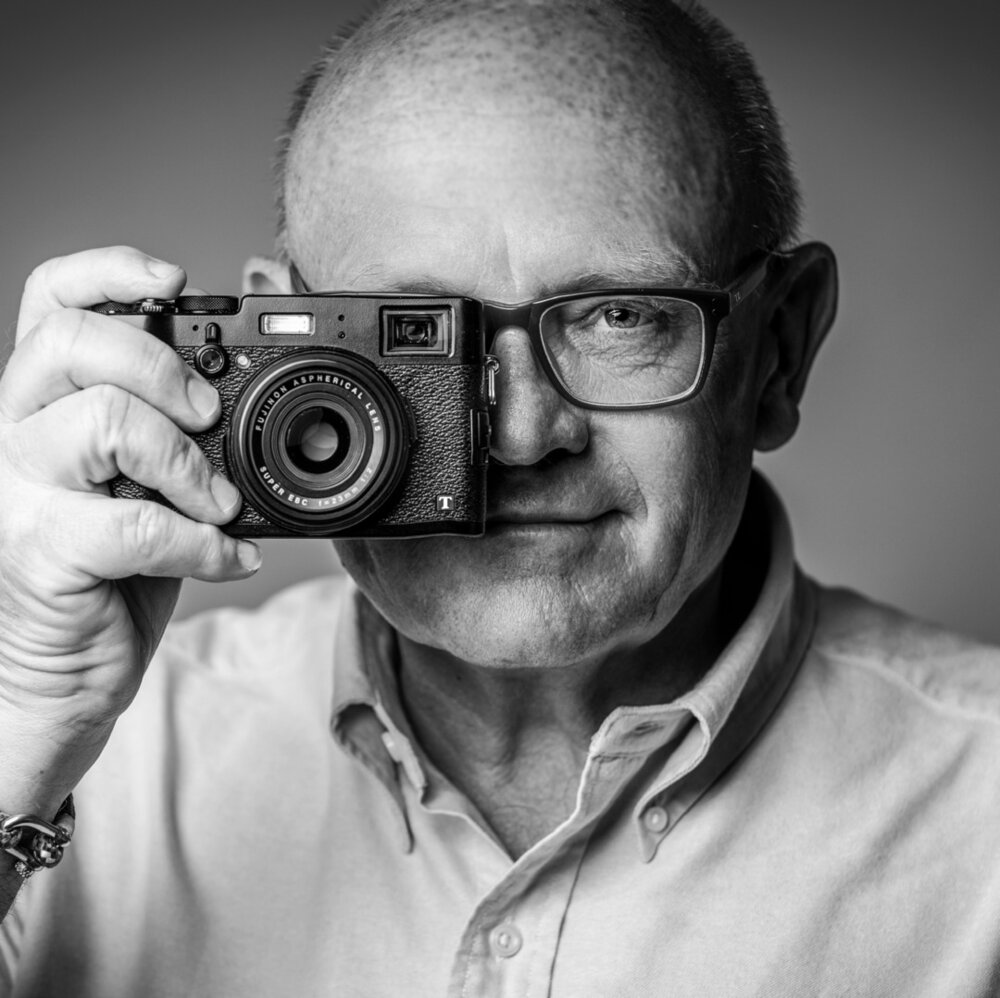
In this article Brian Lloyd Duckett, Format-Hitech and Fujifilm ambassador and pro street photographer, shares his tips for night-time street photography.

There’s no doubt that some great street photography can be done during the hours of darkness and night shooting is something we should all try; it’s almost a rite of passage. Think neon lights, shop windows, reflections, car lights, bars, restaurants, people having fun, street lighting . . . there is masses of material to explore. In this article we’ll look at some of the essential techniques which will help you become a confident and proficient night shooter.
I’m a regular night shooter, particularly between late October and late March when there’s a bigger window of opportunity. You can shoot in any town or city where there are strong light sources – and this works just as well in small towns as it does in big cities. Personally, I love London’s West End – particularly Soho and Chinatown where there are lots of bright colours, lots of sparkling lights and vibrant neon everywhere. You can even get great shots just by relying on ambient light from the regular street lamps.
There’s no reason that shooting in the dark should be any more difficult than daylight shooting – but as well as the aesthetic issues, there are some different technical and practical considerations to take into account. Here are my top 10 tips for shooting street photography at night:
1 FIND GOOD LIGHT
Like any other form of street photography, shooting at night is all about finding good light and we have to be super-aware of where the good light is. And this is one of the most important factors in street shooting – second only to finding a decent subject. I usually try to identify a good light source first, then build a composition around that. But what is ‘good light’, exactly? I try to seek light sources that give depth to my image. I want decent contrast, with well-defined areas of light and dark – like the chiaroscuro effect in painting.
Try to stop and think about the intensity, direction and colour of the light source and how it falls on the overall street scene around you or on potential subjects. Watch how the light changes as you move around it; observe reflections and shadows and see the impact of changing light patterns such as car lights. You’ll find that you’re starting to behave like a moth, seeking out lights all the time. In fact that’s a great tip – be a moth!
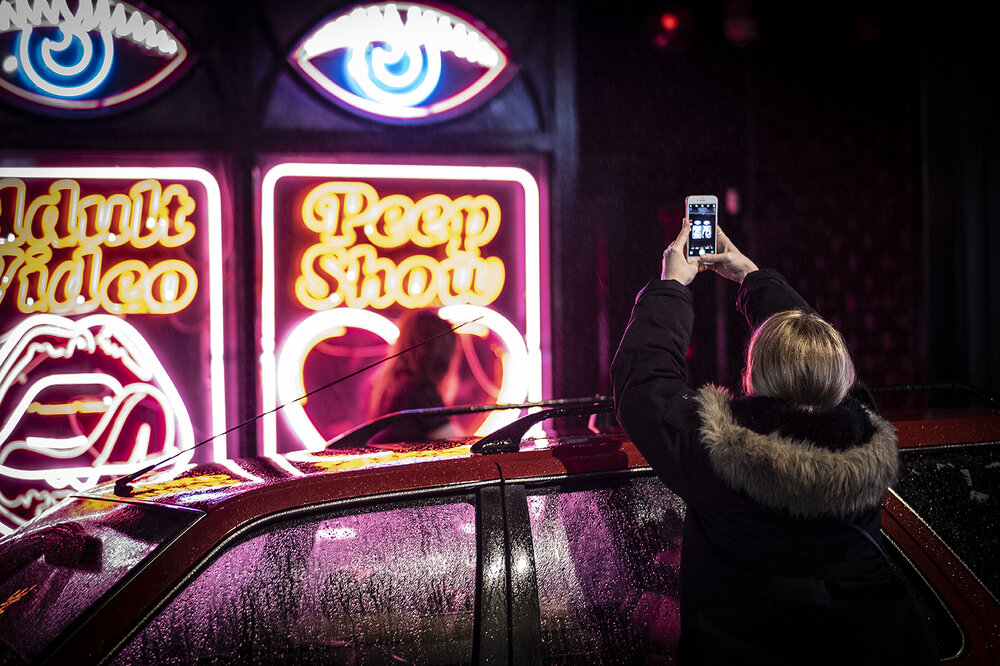
2 UNDERSTAND THE EFFECTS OF THE LIGHT
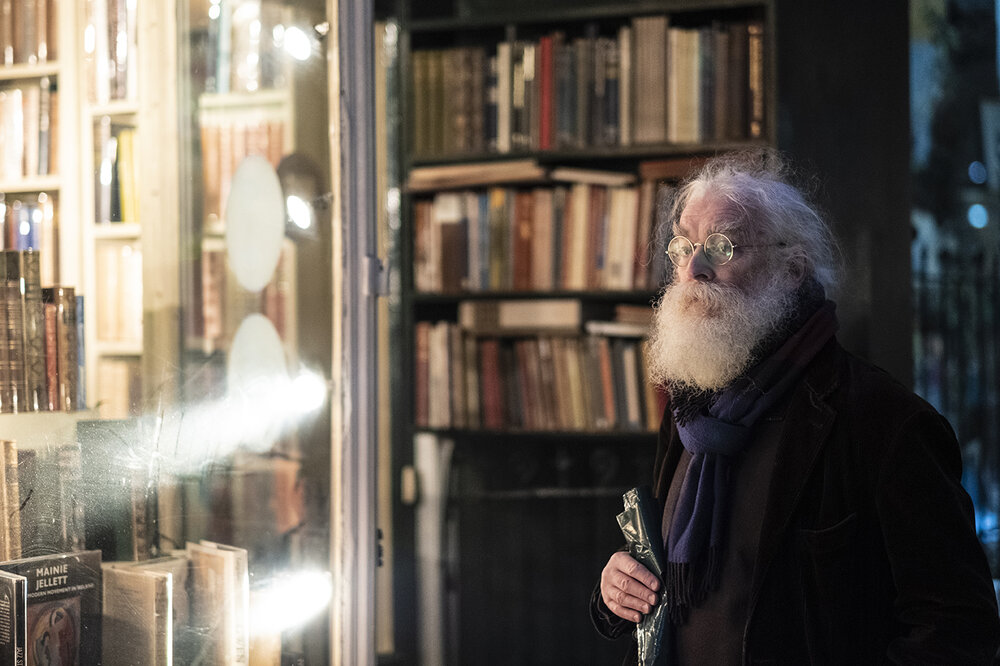
So, now that you’ve found that perfect light source, you need to really understand what it is you’re working with. Is it hard light or soft light? Maybe start by asking yourself what you want the picture to say. What sort of mood or feel are you aiming to create? Now look at that light source – does it suit the mood? Are the shadows sharp or less we’ll defined? Is the light high or low intensity? What’s the temperature of the light like – is it warm or cool? If, for example, you’re aiming to create a moody, atmospheric and maybe slightly provocative shot in Soho, a darkish, soft, red light source might suit your needs perfectly. Remember that bigger light sources are more likely to be soft, and shooting with a wide aperture will help soften them even more. Light from a big shop window, for example, could act like a soft box, providing a wide, even area of diffused light.
Another factor to bear in mind is the spread of the light. How does it cover your subject? I’m usually looking for uneven light, giving form and depth to the image, with well-defined areas of both light and shadow.
3 SETTINGS
Firstly, don’t think twice about whacking up your ISO and be happy shooting at 3,200 by default – and this is a rating most modern cameras can handle with ease (it’s a breeze for cameras like my Fujifilm X-Pro3 or X100V). I’ll go to 6,400 and even up to 12,800 if I need to. In terms of the actual settings, mine go something like this: Aperture Priority, then open the lens up to its maximum aperture – ideally f/1.4 or even wider; then set the ISO to auto with a minimum shutter speed of 1/60th; I’ll let the ISO run as high as it likes and I usually set a range of 800 to 12,800. Some people struggle to get their head around this, believing that noise will be an issue. Well, it needn’t be – it can sometimes even add to the atmosphere – and the alternative, a blurred or massively underexposed image, is simply not an option. And I completely accept that, for many photographers, turning up your ISO to these levels is like signing a pact with the devil – but trust me, do you sometimes need to do it and it won’t ruin your pictures.
As for other settings, shoot in RAW, I set dynamic range to 100 and white balance to auto.
And while we’re on the subject of settings, I tend to use manual focusing as autofocus can be a bit slow and you could end up missing the moment – and with you’ll find that with practice this will become quick and easy – I usually switch on focus peaking to speed things up a bit.
4 SLOW DOWN
To really absorb and become part of night-time street life you should slow right down, stopping frequently to take in your surroundings, watching the light and waiting for that ‘moment’. I find myself lingering for longer than I would do during the day. You’ve probably heard of the ‘fishing’ technique, which personally I’m not a huge fan of it but I do find that it’s more productive at night – particularly when I’ve found that perfect light source. So, find a good spot and stay there – let the image come to you and trust that patience will pay off. Also, you may well be using a slower than the ideal shutter speed, so actually stopping to take a picture is now more important than ever.
5 EXPERIMENT WITH DIFFERENT LENSES
I tend to shoot only with prime lenses – for their lightness, image quality and wider apertures. In my bag for night shooting is a variety of primes, which typically includes a 56mm F/1.2 – a 35mm F1.4 and a 23mm F/1.4 – so in full-frame terms a range of 85 to 35mm. I find that most of my subject matter falls within this range and also the option of shooting with very wide apertures for some beautiful effects with the light. Saul Leiter regularly shot with a 90mm lens – and sometimes up to 150mm, which could produce a stunning aesthetic at night.

6 CREATE MYSTERY
The night time is dark, foreboding, sometimes scary – and it’s often mysterious. So we have the perfect opportunity to bring some of that mystery to our images, leaving the viewer thinking “what if?” Rather than giving the viewer all the answers immediately, it’s sometimes best get them to think a little, to have them form their own conclusions about what’s behind that door, who’s though that window, and so on. This whole concept of holding something back, not revealing everything in a scene, is one of the things which will help you create that sense of mystery.

7 DEVELOP A STYLE FOR YOUR NIGHT SHOOTING
Please don’t be that person who has a random collection of unconnected images of the streets at night. There really should be a kind of glue which holds them all together as a body of work – your body of work. One way to do this is to shoot in projects where a strong theme binds the images together. Or you could start to develop more stylised work, with your own ‘look’ which identifies you as the photographer.
8 AIM FOR DARK IMAGES
Ahh, you’re thinking, that’s pretty obvious. But if we’re taking pictures at night, they need to look as though they’ve been taken at night; digital cameras have a tendency to want to brighten things up – they think it’s helping us by giving us a nicely exposed scene but the danger is that a night shot can end up looking like a daytime shot – and this is where your exposure compensation dial comes in handy. I nearly always deliberately under-expose at night, ensuring that night means night, and a value of -1 to -2 in exposure compensation usually does the trick. You need deep shadows and areas which are almost too dark to comprehend. If in doubt, look at your histogram – if it’s significantly to the left, you’re probably in a good place.

9 CREATE LAYERED IMAGES
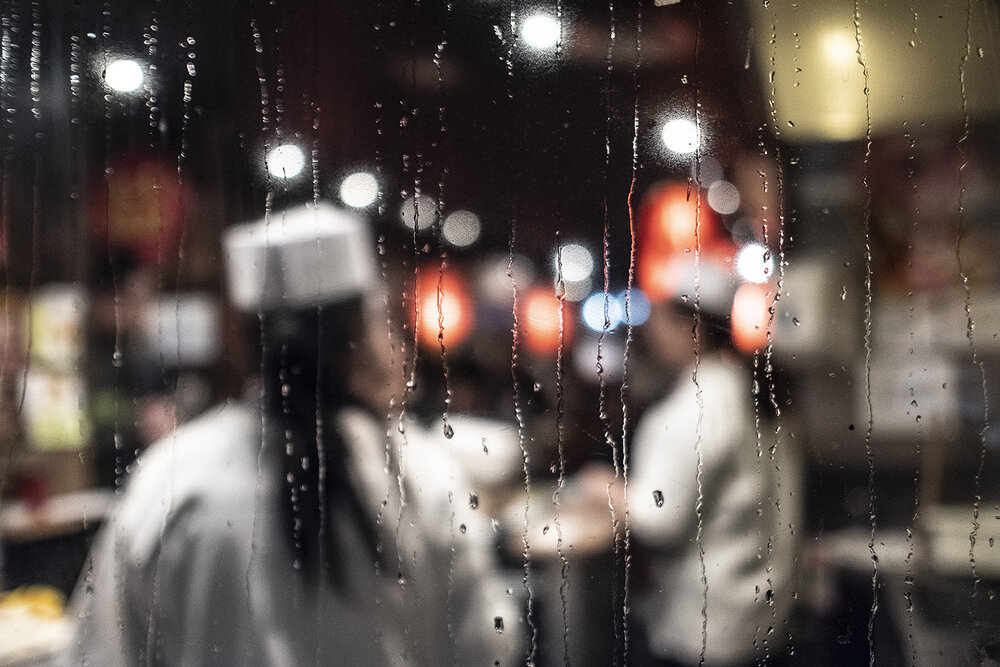
Street shooting at night lends itself perfectly to using layers as a means to add volume and depth to your images. Maybe use shop or cafe windows which are reflecting the lights outside – or which perhaps have moisture on them; by also finding places where there is something interesting behind the glass, you can use this to create striking multi-layered photos which have real depth.
10 WORK THE SCENE – EMBRACE VARIETY
Don’t just shoot what appears in front of your eyes – work the scene. Try different angles, viewpoints and perspectives. Shoot wide-angle and long, near and far, high and low. See how the characteristics of lights change at different apertures; see how a rain-soaked pavement can look very different from a low angle. Exhaust all the options!
Finally, I couldn’t finish this without alluding to the issue of safety, which need to step up a level at night. Take more care at night than you would during the day. You’ll be a little more vulnerable and exposed so be aware of who is around you and always have an ‘escape route’ in mind. Don’t go down dark, quiet alleys alone and try to stick to busier areas. Shooting with a buddy or in a small group is often the best option.
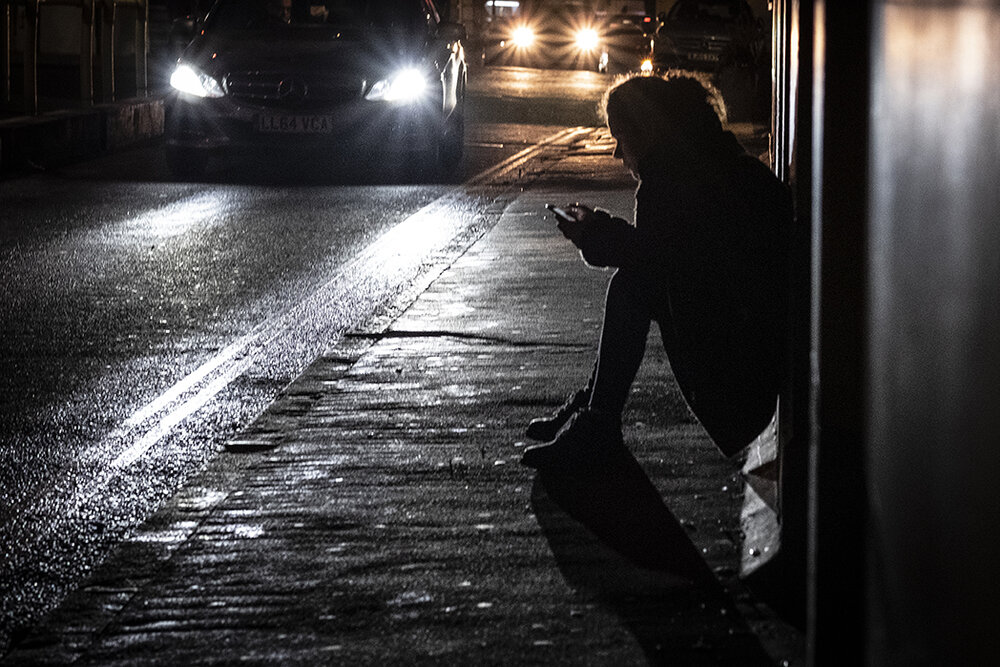
WHAT GEAR DO I USE FOR SHOOTING STREET PHOTOGRAPHY AT NIGHT?
My go-to camera is the small and discreet Fujifilm X-E4 with 23mm, 35mm and 56mm lenses, all carried in a discreet Peak Design messenger bag. If I need to travel light I’ll take the Fujifilm X100V which, with its fixed 23mm F/2 lens, works a treat.
NIGHT SHOOTING WORKSHOPS
I regularly run workshops in London’s Soho and Chinatown on Friday or Saturday evenings for small groups (maximum of 6 participants). You can find full details here.
Brian’s social links:
Website: www.streetsnappers.com
YouTube: www.youtube.com/streetsnappers
Instagram: www.instagram.com/streetsnappers
Twitter: www.twitter.com/streetsnappers








